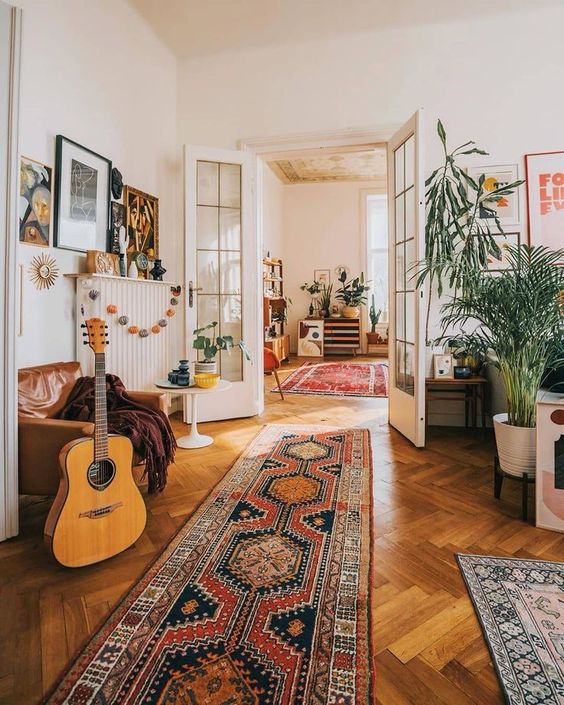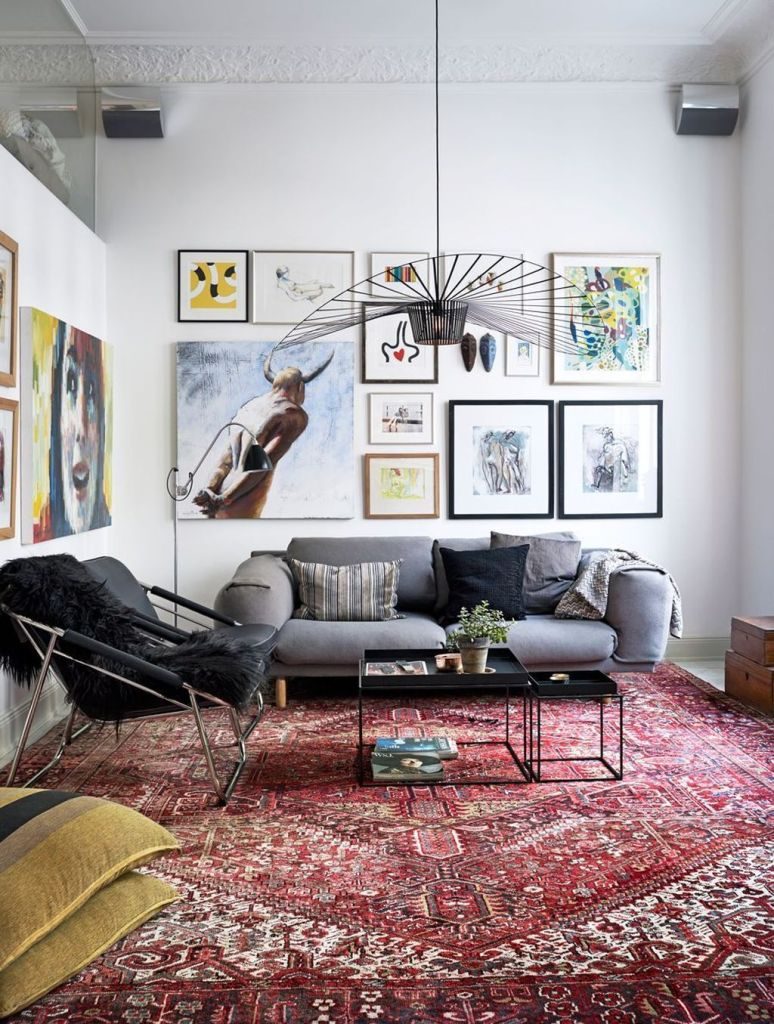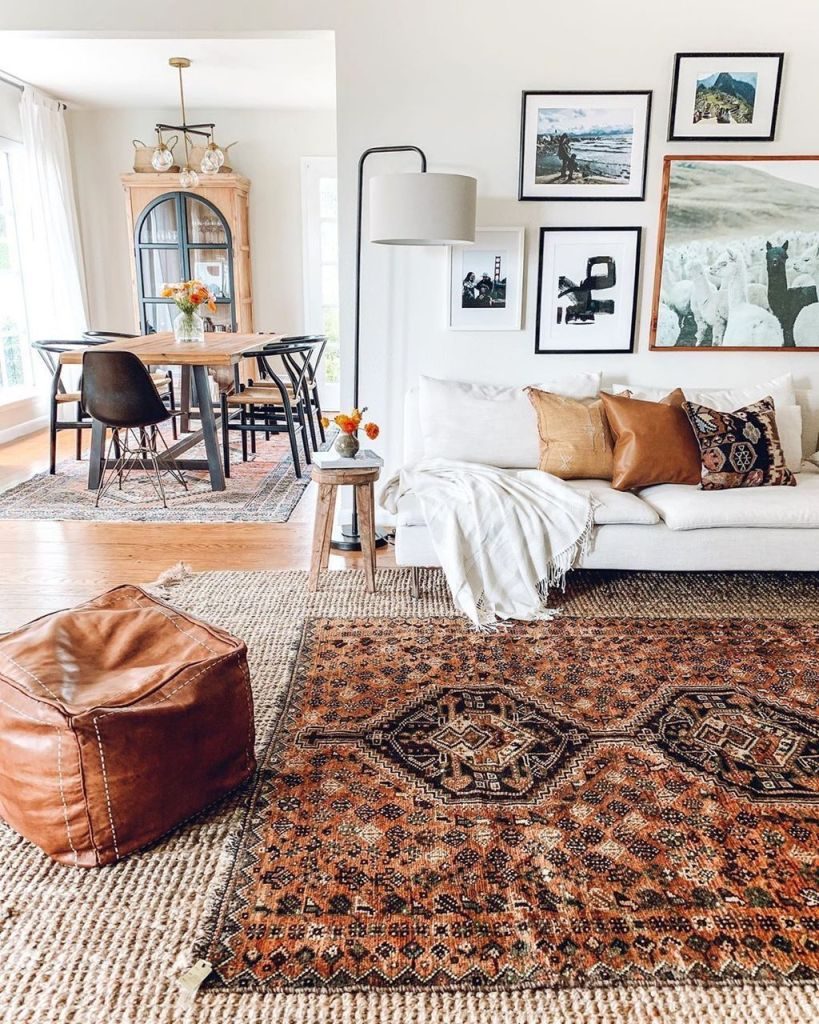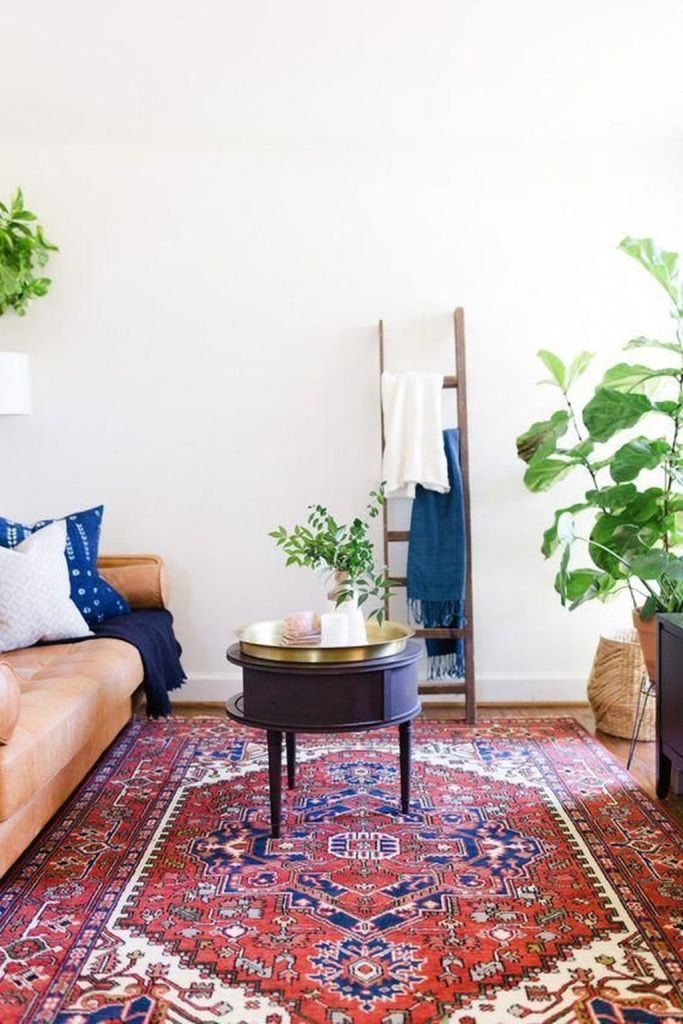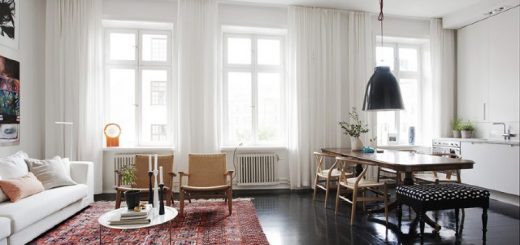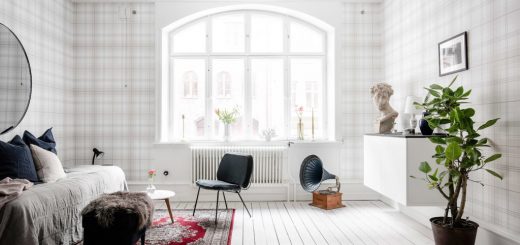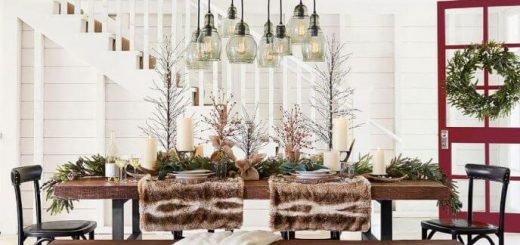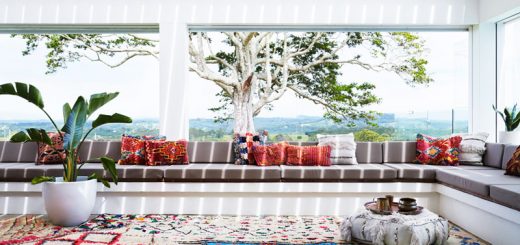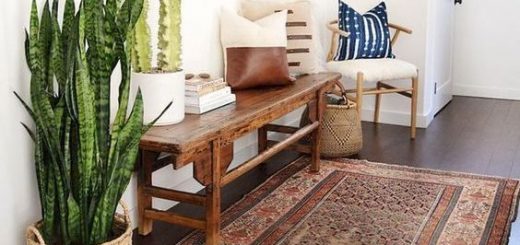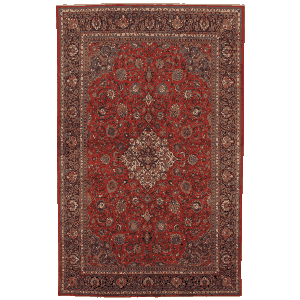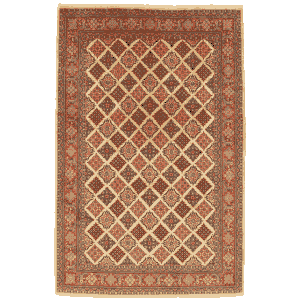Tips for decorating with Oriental rugs
Over and over we’ve touched upon how an Oriental or Persian rug can be a perfect item for any Interior designer. Whether it’s professional, amateur or somewhere in-between, these carpets are meant to flourish and spruce up any setting. We’ve talked so much about elements such as Sync or Contrast, along with how certain settings can mesh with the large variety at your disposal. This week we’re diving a bit deeper into the Interior Design world to show you what popular trends can harmonize with these carpets.
Authentic Persian and Oriental rugs are a treasure that, with proper care and maintenance, will last for decades. Most of these valuable rugs are designed with varied patterns and colours, so you may think that decorating might be a challenge. Actually, it’s not as difficult as you may think. Here are some tips to get you started.
If you think that Oriental and Persian rugs are out of style, think again. They can blend into almost any decor, whether modern, traditional or somewhere in between. Bold and patterned, yet at the same time, subtle and unobtrusive, fine Persian rugs look beautiful over all floor coverings. Layered over marble or stone, tiles and timber, these works of art look great, while adding the benefit of being resistant to foot traffic and stains.
Start with the Rug
Over the years, you will likely be replacing the furniture, curtains, tables, etc. in the home. You will not be replacing those valuable rugs. The rug should be the foundation for the room and everything else should flow around it. That’s why you need to find the Persian rugs that you are really love with for a lifetime.
Determining the Size of the Rugs Needed
You may want a room-sized rug that encompasses the majority of the room. Or you may decide to buy several smaller rugs to break up the room into smaller spaces, like in front of a fireplace or under a table.
The rule for choosing the size of the rug is based on where it is placed. Although you can be flexible in the size, an approximated guide for determining the size is to measure the width and length of the area where your rug will be placed, then subtracting 50-75 cm. Allowing some border of floor around the rug will result in a more open and balanced look.
The classic Persian and Oriental rug approximate sizes are:
- 100 x 150 cm
- 125 x 185 cm
- 150 x 210 cm
- 160 x 240 cm
- 200 x 300 cm
- 250 x 350 cm
- 270 x 370 cm
- 300 x 400 cm
- 350 x 500 cm
- 400 x 600 cm
Where to Place Persian Rugs
You can virtually add Persian rugs to almost any room or space in your home. In addition to the room-sized rugs in your living or dining areas, there are other great locations. Long runners look great in hallways, kitchens and corridors to a bathroom, presenting a visual path and a sense of order to the rooms.
If you have a modern or more contemporary home design, you can add a richly patterned Persian rug to the spaces within to make them warmer and give each room its own flavour. Tribal/Village geometric designs, which are less busy, are often a good choice.
In living rooms, family rooms or any other areas where you have chairs or sofas, place the front legs of some of the furniture on the rug. This creates a sense of harmony by anchoring the furniture and rug.
If you have a foyer or a short hallway, and want it to look a bit longer, try placing a Persian rug runner that is 10cm narrower and 60cm longer than the hallway’s dimensions.
If you decide to place that Persian rug underneath your dining room table, make sure it is large enough to allow for the chairs to be moved out or in without catching on the rug’s edges.
Persian rugs placed in bedrooms can include a single large rug under the entire bed or multiple smaller rugs scattered throughout the room. If under a bed, make sure the rug sticks out 60 cm from each side, and 60-100 cm from the foot. If you decide on smaller pieces, it’s best to put 2 rugs on each side of the bed – starting from the side tables to the end of the bed and one rug at the foot.
If you have a modest budget to start, you can opt to buy a smaller colourful rug to use as an accent to the other colours or furniture in the room.How about hanging that beautiful Persian rug on your walls? They are, in fact, works of art, so showing them off there can work in lieu of other paintings or pictures. Fine silk rugs are sometimes displayed this way.
Colours and Patterns for Persian Rugs
Choose colours and patterns that fit your preferences and tastes. Persian rugs come in a variety of styles to choose from, so you have a lot of options. Whether you prefer more modern decor or a traditional look, bright or muted colours, or busy or more simple designs, you will surely find the right ones for you. If you opt for multiple smaller rugs instead of one large one, choose complementary colours and patterns among those that will be placed in the same space.
So what colours are the right ones? The ones that you like, of course! Most reputable rug dealers will allow you to take the rugs home on a trial basis to see how they look and fit into your spaces. You may also want to bring swatches of fabric from upholstery or drapes if you’re trying to complement existing furnishings. Keep this in mind: Dark colours in a rug can visually make the space look smaller, and light colours tend make a space seem larger.
As far as designs and patterns go, what you choose may depend on where the rug will be placed. More formal and refined designs with low contrasting colour schemes may be better for living and dining rooms. Less formal rooms that get more use and traffic can accommodate rugs with bolder designs and brighter colours. Colours and patterns of bedroom rugs should be such that they create a calming and warm atmosphere.
There are many Oriental and Persian rug designs, but most fall into three general categories:
- Designs with straight lines and geometric figures often reflect the country, city or village where they are made and can be well suited for more informal settings.
- Designs with curvilinear lines often come from a city manufacturer. They are well fitted for more formal uses and European type of decor.
- Contemporary designs are more appropriate for modern and contemporary settings. They can vary from abstract designs to single-colour rugs.
Smaller-scale designs on Persian or Oriental rugs tend to call more attention to the furnishings on them, while larger-scale, more dramatic designs on the rugs accentuate the rugs themselves.
Designing the Rest of the Room
Once you’ve bought the Persian or Oriental rug that you love, you’ll need to decorate the rest of the room with complementary furnishings. You may be surprised that you don’t have to go totally neutral or plain if you choose a patterned rug. Here are some suggestions on how to make sure your room looks well put together and not too busy.
- Keep patterns and designs in the same colour family. You can have varied patterns on pillows, artwork, drapes and other furniture, but try to make it subdued to avoid clashing. If the colours are similar throughout, it will increase the cohesiveness of the room.
- If you have one or two Persian rugs with a colourful and intricate pattern, you can dilute the effect with more neutral decor. Light wall colours with solid-colour furnishings and decorations can keep the room from being overwhelming.
- Use a monochromatic setting. Use the same colour shades in furnishings throughout the room to accentuate the rug. You can use patterns, but they should not be such that they make the look chaotic. Smaller patterns in the same colours of the rug are best.
With all of that said, don’t be afraid to try new things and ideas. You might be surprised with the variety of ways you can decorate your home around your Persian and Oriental rugs.
Keeping those Oriental Treasures for a Lifetime and Beyond
Oriental and Persian rugs are very resistant to foot traffic, as well as ground-in dirt and debris. However, authentic Persian and Oriental rugs are an investment that require some effort to protect them. You do need to make sure they are well-maintained and clean so that they remain beautiful for many years to come.
Surface cleaning your rug occasionally is fine if done carefully and the rug is well maintained, but nothing is a substitute for professional rug cleaning. The professionals have the knowledge, resources and materials to make sure your rug is cleaned as it should be. It’s important to have your Oriental or Persian rugs professionally cleaned at least once every three to four years, depending on traffic, use, location and other factors.
And by professional rug cleaners, we don’t mean the companies that steam-clean your carpet in your home. In order to properly clean an Oriental or Persian rug, it must be removed from the home and brought to the cleaning facility. It must be properly dusted beforehand, cleaned with the special agents (organic) that are appropriate for the silk or wool rugs, and dried completely under the sun. Otherwise, permanent damage to the rug may occur.

